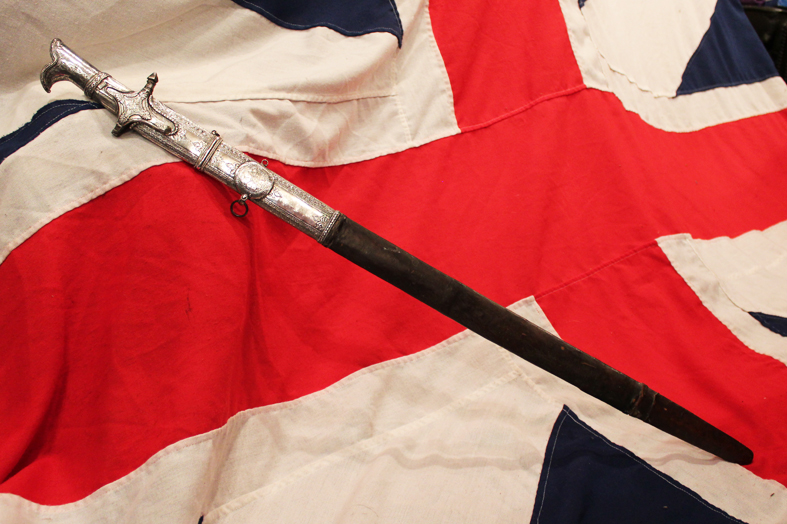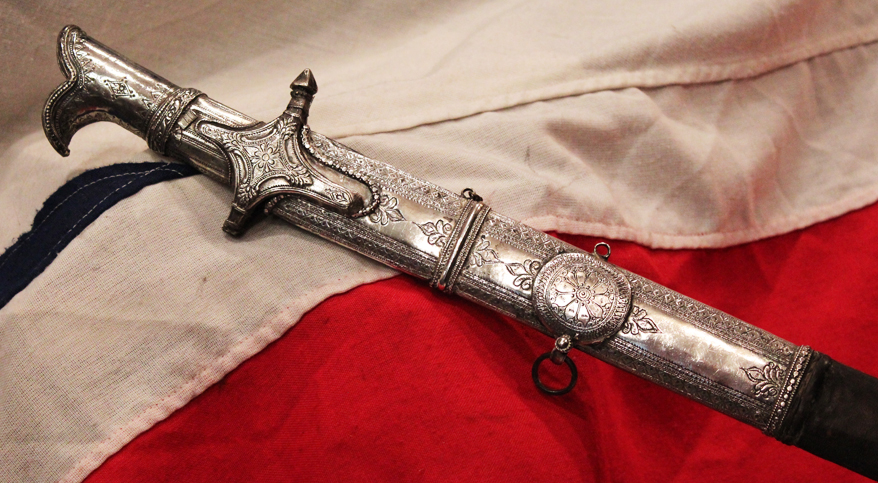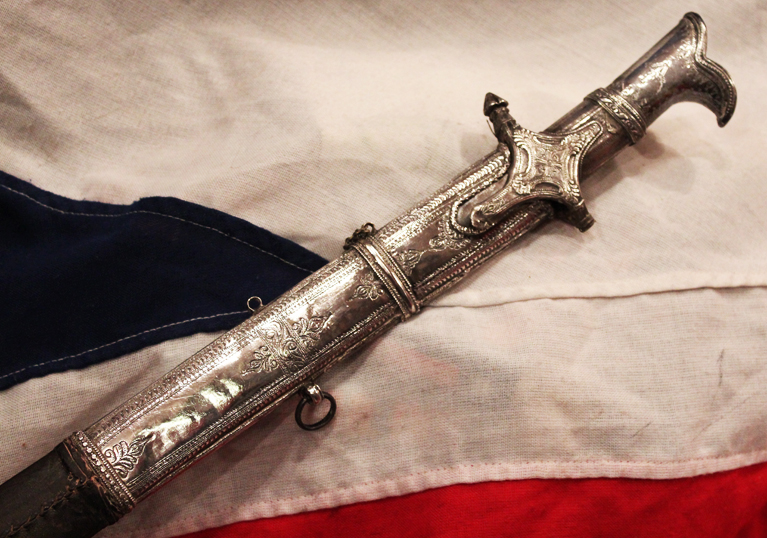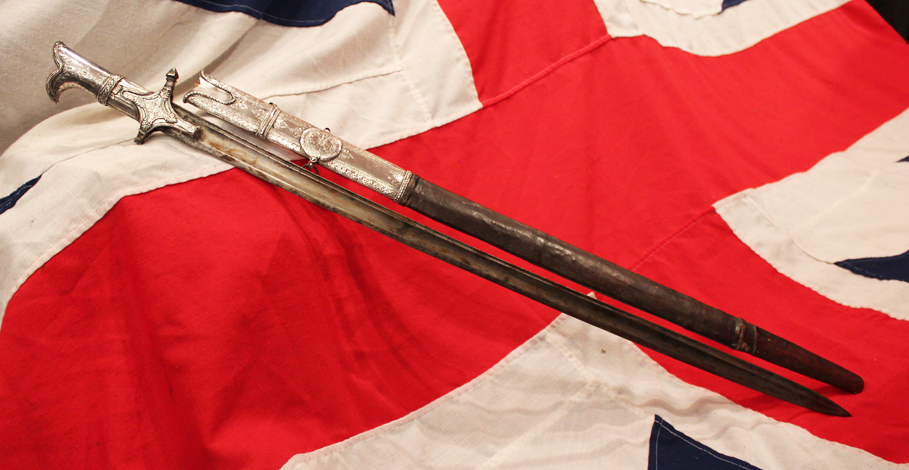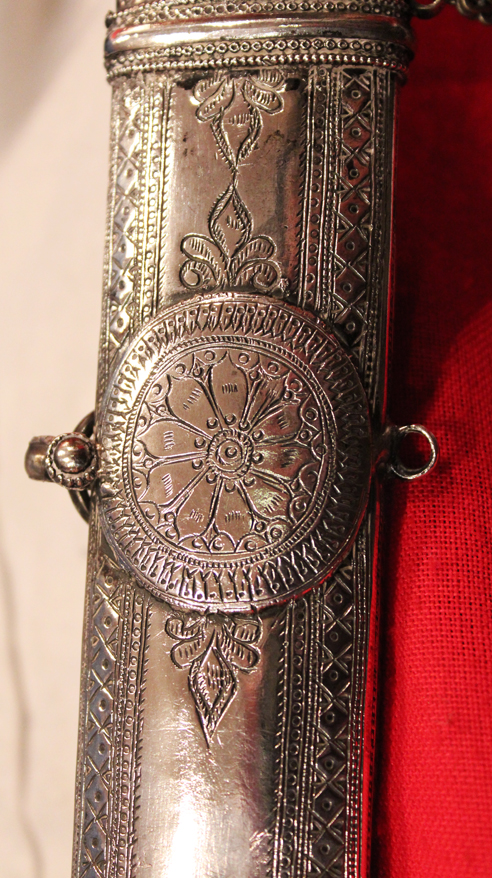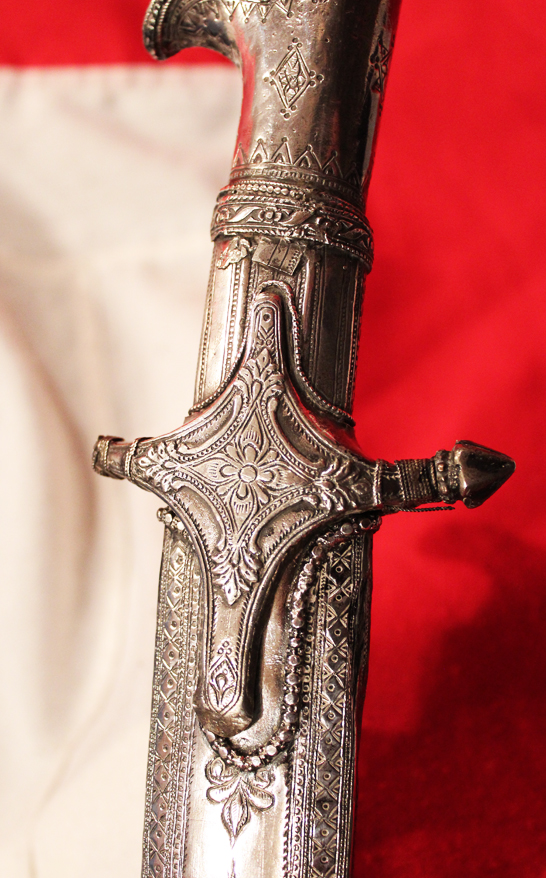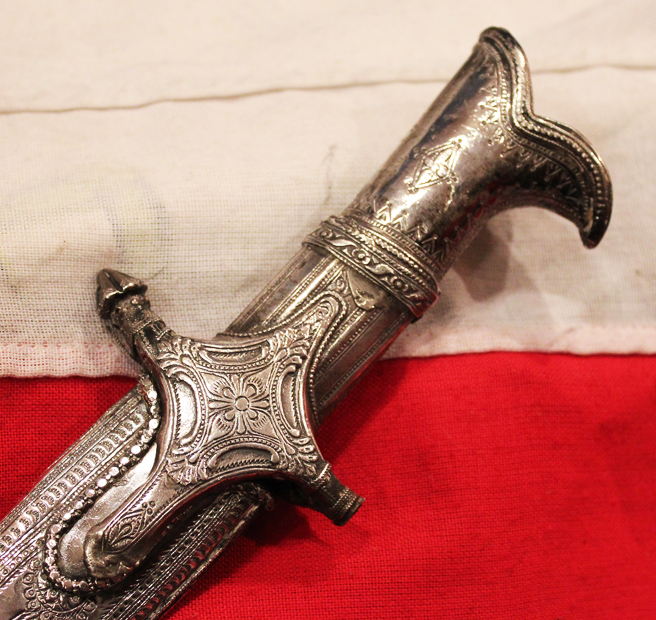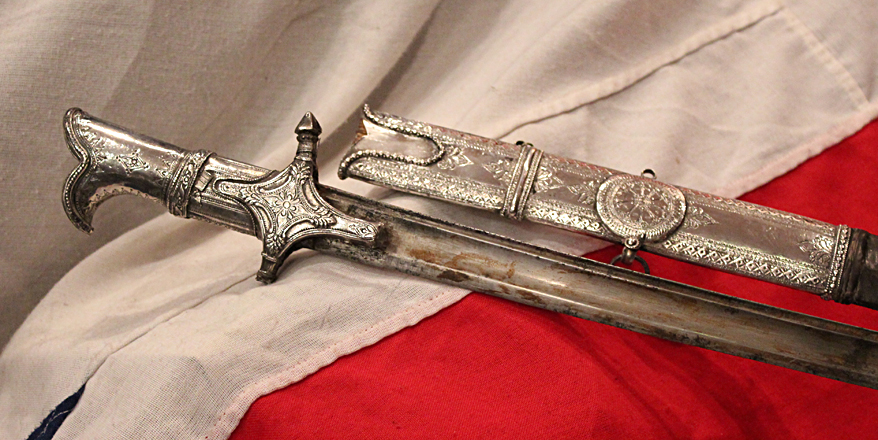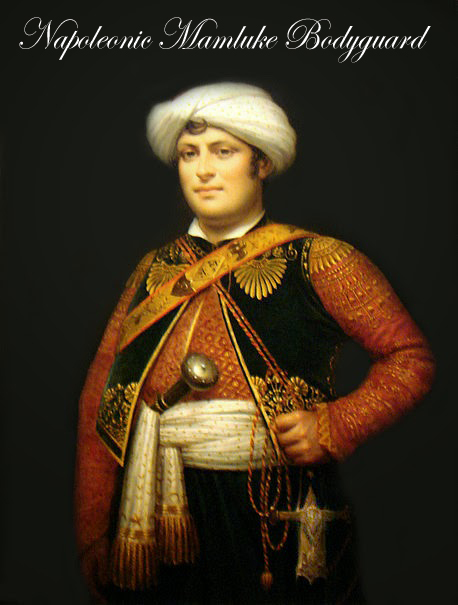A Rare & Beautiful French, Napoleonic Wars Era Silver Mounted Sword a 'Sabre d'Officier Superieur a Monture a L'Orientale, With French Napoleonic Blade Inscription, Circa 1801
A sword of the French Napoleonic era, a 'Sabre d'Officier Superieur a Monture a L'Orientale'. A delightful Napoleonic wars sword, from the early 19th century, with rare all silver mounts, designed from the work on swords from the Mamelukes, that fought against, and then latterly for, Napoleon at the Battle of The Nile in the late 1790’s.
When Napoleon returned from the his Egypt campaign the Ancient Egyptian style became all the rage in Paris, and indeed London. Influencing everything from furniture, to object d’art. And the Mameluke’s style of weaponry made a major influence of sword design for both England and France. So much so, the British General Officer’s Mameluke style sabre is still the current service use sword for generals today, modelled on the swords brought back to London by Nelson after his Egypt campaign. This sword and it distinctive hilt is a French version of Nimcha North African sword style. A style of sword that the Revolutionary French adopted for the official sword of a Representative of the People, from the Le Directoire Period, just before Napoleon's Coup of 18 Brumaire {in November 1799.} after his return from the Battle of The Nile in 1798.
The blade is inscribed Manufacture Nationale, Coulax, this date marking for Coulax was from 1801 to around 1806. It is difficult to interpret the latter part inscription, as it is now partly too worn. It is in the more straight form of an officer of the heavy cavalry rather than an officer the more usual curved light cavalry. Twin parallel fullered blade, with one very narrow, the other wide.
After Napoleon's Egypt Campaign, that ended in 1801, many Napoleonic officer's adopted the so-called oriental mounted swords captured from the Egyptian Marmalukes that eventually became part of Napoleons Imperial Garde. These swords, in their turn, were captured by the British and similarly adopted as a form of highly favoured officers sword. In fact the mamaluke sabre became the British General's pattern sword that is still in use today. Several of these specific swords were part of a Sotheby's Napoleonic Wars auction in Monaco in 1990, titled "Belles Armes Anciennes Casques et Objects Militaires". In 1803, the Mamluks were organized into a company attached to the Chasseurs a Cheval of the Imperial Guard.
Mamluks fought well at Battle of Austerlitz on December 2, 1805 and the regiment was granted a standard.
With the First Restoration, the company of the Mamluks of the Imperial Guard was incorporated into the Corps Royal des Chasseurs de France. The Mamluks of the Young Guard were incorporated in the 7th Chasseurs a Cheval. The Napoleonic period was an extremely complicated time. Moral right and wrong are hard to distinguish: Napoleon was a dictator, but not a particularly evil one. He encouraged many developments we today consider quite positive. The Napoleonic Wars were instigated by France, but each nation fought to protect and expand its own national interest. The wars were punctuated by constantly shifting alliances. Sometimes Prussia fought France, and sometimes it was neutral. Austria, led by the crafty Metternich, tried to improve relations with France towards the end the Napoleonic era. Russia initially opposed Napoleon, then sided with him, and then turned against him again. The only constant through the fifteen years of Napoleon's rule was the continued enmity between England and France. Napoleon was intensely jealous of our successful trade with all Europe and thus instigated a complete scheme to deny trade with Britain throughout Europe.ironically however the two most famous dictators of modern Europe, Napoleon and Hitler, are famously known to have met with the dramatic reversal of their fortunes entirely through invading Russia.
Yet, in both cases, the wealth, resources and stubborn determination of the British played a major role in their eventual downfall. Despite Britain's comparatively small population and territorial base, it alone among European countries was able to fight Napoleon nonstop {except for the short Peace of Amiens from 1802-1803,} Britain was at war with France from 1793-1815, while other states alternated between war, peace, and various alliances with France. As it was with Britain and its Commonwealth, being alone at war with Hitler for the entire war period of 1939 t0 1945. With America and Russia only joining the fight years later, once Hitler declared war on them first.
The sword overall has the usual signs of period age wear and contemporary close combat use, the blade is still partially covered in old storage grease that should remove nicely. Quillon finial lacking to one side.
Code: 20165
2495.00 GBP

